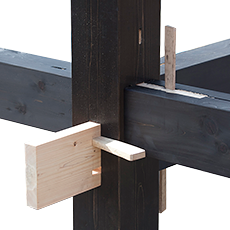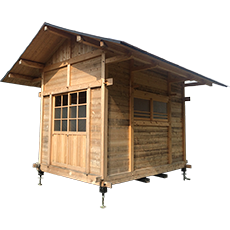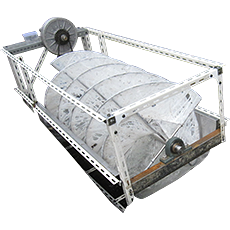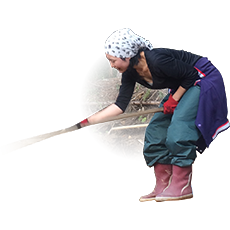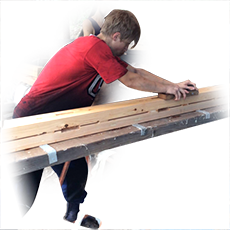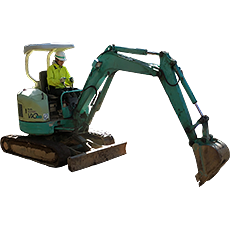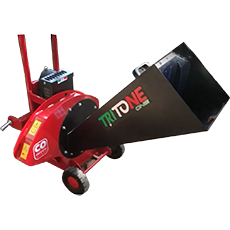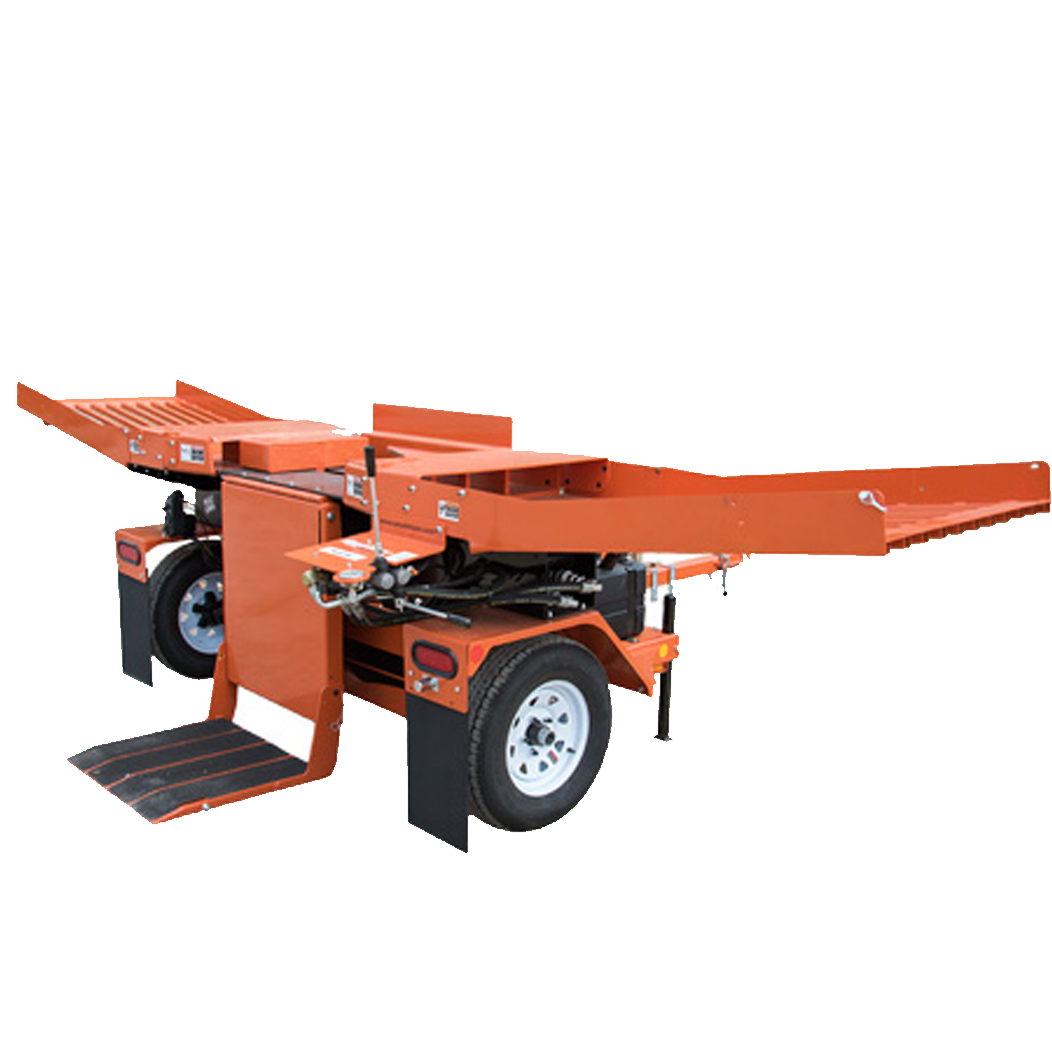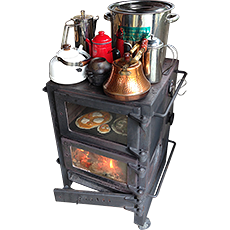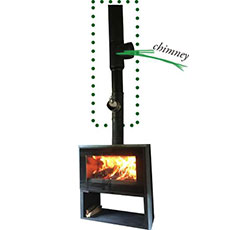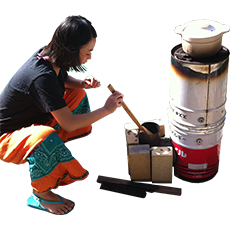-
WOODEN HOMES
木の生命力を最大限に引き出し、住まう人に安らぎと強さを与える伝統的木造軸組建築の住まい。 -
WELL BEING
清涼な空気と水、緑に囲まれて、自ら心身を調整して健康になるためのプログラムをご案内します。 -
AT THE MOUNTAIN'S FOOT
美山里山舎のカフェや宿泊のご案内、研修・見学・各種体験受入、美山への移住や生業づくりの相談、その他について。 -
SUSTAINABLE FORESTRY
持続可能な作業道づくりから伐採、運搬、製材・加工、燃料化までの流れを極小規模で実現する里山舎メソッド。 -
FIRESIDE LIVING
暖房、調理、給湯、入浴、防災…薪の火がくれる安心と豊かさを日常に取り入れてみませんか。
Applying Wood Biomass on a Minimal Scale
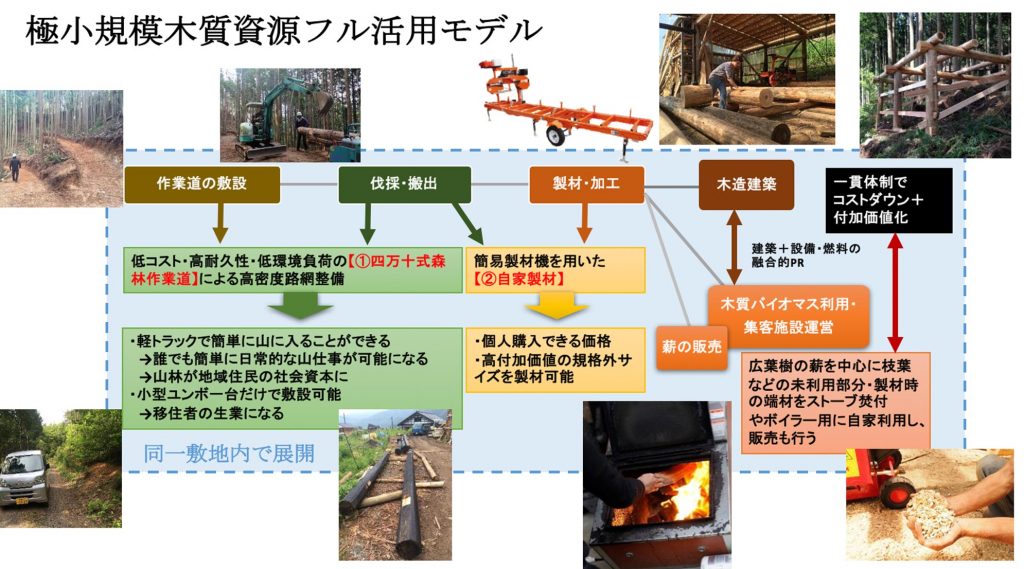
At Miyama Satoyama-sha we gather highly durable and sustainable methods through which forestry (felling à transportation of lumber from the forest à sawing and processing à carpentry) can be conducted, while still keeping the costs low. We endeavour to put a structure into practice, where one despite only having little capital and a handful of persons efficiently can manage a mountain forest by not overlooking any of its assets.
- We make efforts to promote attempts at learning the construction craft of ecological forestry logging roads「田邊式 (Tanabe-style) (四万十式, shimanto-style) logging roads」, and attempt to aid in spreading the use of them.
- We aim to maintain and improve the environment (thinning out the planted forest and cultivating a diverse forest)
- We have constructed a stockyard with timber from forest thinning
- We are looking for proper means to enable traditional carpentry and the production of material suitable for the task (sawmill)
- We are striving to promote more efficient use of wood as a renewable energy source (log splitters, wood chippers, wood pelletizers)
「田邊式 (Tanabe-style) (四万十式, shimanto-style) Logging Roads」
「田邊式 (Tanabe-style) (四万十式, shimanto-style) Logging Roads」are a type of road that utilizes the fiber rich top soil and tree stumps of the vegetation growing on the actual road construction site. This method of road construction uses the top soil as a reinforcement material on the surface of the embankment, making the compactness of the road consistent, while also producing a road solid enough to use as a forestry logging road.
Switchback roads heavily rely upon the use of a zig zag formation which make the inclinations gentler while still steering the road upwards, maintaining a steady rise in altitude. Furthermore, when compared to conventional methods of logging road constructing, the switchback method has multiple merits. For example the method has proven itself strong towards the effects of rain, as the surface of the road remains well preserved and in good condition even after rainy weather. Another advantage to switchback method is that as long as one has the knowledge, the only other requirement for laying a road is a small excavator. We at Miyama Satoyama-sha will from here on forward start considering the switchback method as the standard, and will thus strive to promote attempts at learning the construction craft as well as attempt to aid in spreading the use of switchback style forestry logging roads.
Maintaining and Improving the Environment
After having installed a switchback style forestry logging road here at Miyama Satoyama-sha logging, as well as the removal of timber, has become significantly easier. This in turn has ensured that necessary chores, such as the thinning of forest, in order to preserve a healthy mountain can be performed with ease. Short trees and firewood are removed from the mountain with a small pickup truck, while bigger logs (longer than 4 m) require the use of a vehicle specifically built for work in mountain forests.
The Timber Stockyard
Building a stockyard for lumbering within a reasonable distance from the logging site in the mountain forest drastically decreases the workload. A stockyard built using logs almost exclusively from trees felled in the nearby forest is both low in cost and resources, while providing a roomy and durable place to work.
Traditional Carpentry and the Sawmill
No matter how long your timber may be, if you have a handy sawmill there is nearly no wood you cannot process. We, at Miyama Satoyama-sha, use our sawmill to saw and process timber for carpentry. Having a sawmill also helps reduce the comprehensive transportation costs in wood manufacturing, as the processed timber is simple to move.
Wood as a Source of Renewable Energy
Tree branches that fall off while lumbering, as well as tree bark and other scrap material left over when processing the tree, are not mere waste products, but can make for fine fuel. The bigger logs can be used unaltered as firewood, and the wooden scraps too small for convenient use may be further pulverized in a wood chipper and the produced wood chips used as fuel. Alternatively you can further dry the wood chips and then bring them through a pelletizer in order to make solid wood pellet fuel.
Apart from functioning as fuel, wood chips can also be used as litter for horse riding grounds, roads, and as cage-bedding for e.g. small rodents. (In case you use wood chips as bedding for any animals, check beforehand whether the tree type has any negative side effects. The strong smell of cedar, for example, may cause problems in the respiratory system and eyes for small rodents.)
We are accepting requests for training and/or field trips.
We regularly organize training courses and workshops.
